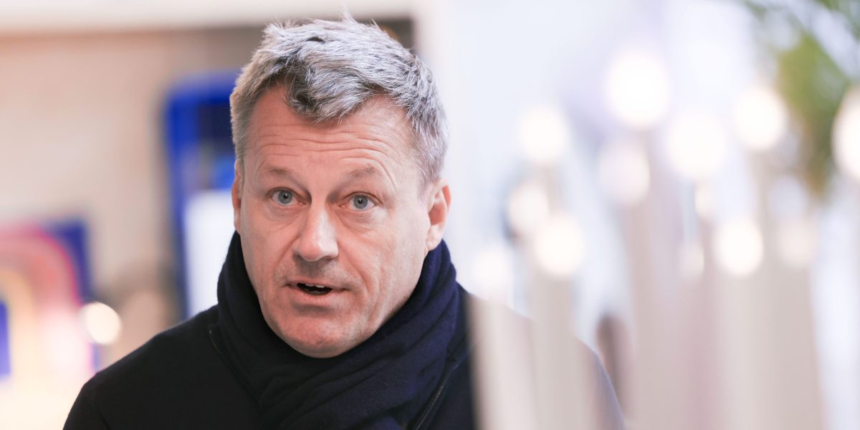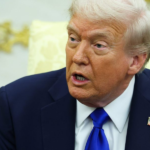Swedish megabrand Ikea’s affordable self-assembly furniture has made Scandi style the go-to look for homes, hotels and Airbnbs all over Europe. More than 30 million of its ubiquitous Poang armchairs, for example—curious-but-memorable names also being an Ikea speciality)—have been sold since launch in 1977, making it one of the most popular furniture products ever.
But the company has another, less well-known claim to fame. Since 2009 it has invested over €4.2 billion ($4.9 billion) in renewable energy, which now provides 75% of the electricity used by the business to make, transport and retail all that furniture. “Today, it turns out that we are also a mid-sized utility company, although to be honest that was not part of the strategy,” deadpans Jesper Brodin, CEO of Ingka (the largest Ikea franchisee, responsible for 90% of group sales).
It’s only half a joke: if their output was sold on the power market, the 49 wind farms and 26 solar parks owned by Ingka do produce enough low carbon electricity to meet the needs of 1.47 million EU households.
The investment has certainly paid off in carbon terms. The firm’s CO2 emissions—scope 1,2 and 3—are down 30% since the Paris Agreement of 2015, while sales have grown by 24% over the same period. Yet what started out as a desire to do the right thing for the planet and the brand (68% of Ikea customers think that climate change is the most serious global challenge, says Brodin) has morphed into an unexpected source of competitive advantage.
$4.9 billion
“When we set out to invest, we were not sure that it would be smart from an economic point of view. But our energy bills are down 27% [from 2015] so we have saved a lot of money. Over a three-to-five-year period, renewables come out at about half the price [of fossil fuel generated power]. People think that renewable energy will come at a financial premium, but actually it’s the opposite.”
After the Russian invasion of Ukraine caused a two-year spike in wholesale gas prices, a similar change of emphasis has occurred in Brussels. The EU Commission’s latest plan for its carbon economy—the Clean Industrial Deal, announced in February—has dropped previous appeals to the collective consciences of business leaders to help save the planet, in favor of focusing on the competitiveness advantages of further adopting renewable power across the continent.
Commission president Ursula von der Leyen has said that the deal will “cut the ties that still hold our companies back, and make a clear business case for Europe”.
Green steel start-up Stegra is one such company. It has raised a total of €6.5 billion (including a €250 million grant from the EU innovation fund) to build a plant at Boden in the north of Sweden which will use 100% renewable energy to produce 5 million tonnes of homegrown ‘green’ steel per annum by 2030, with a carbon footprint 95% smaller than a traditional ‘brown’ steel plant.
Stegra’s process uses renewable power to generate hydrogen, which is then used not as a fuel but as a chemical reagent. Production will begin at a lower level in 2026, and despite a 25%-30% price premium over brown steel, it is already proving popular: the firm has forward-sold around 1.25 million tonnes—half of its initial production target—to customers eager to get in on the green steel ground floor.
“Our customers are planning ahead, they see that brown steel will eventually be more expensive than green steel once the full cost of carbon is included. They are not buying it for branding or marketing purposes, it’s pure economics,” says Henrik Henriksson, Stegra’s CEO.
If von der Leyen’s vision of secure, green growth is to be realized at scale for more companies, Europe needs to ramp up the transition to renewables significantly, at the same time as bringing down costs.
But where will the money come from? Given the right regulatory environment, there is capital ready to move, says Francecso Starace, partner at EQT, the world’s third largest private equity investor, which has invested €17 billion in renewables in Europe over the past 15 years. There is already quite an appetite for investment in the grid and distribution networks. The networks need to be restructured for the modern world, not for the world of 50 years ago when they were built.
“Regulators have a major role to play, but they need to understand that more money needs to be invested into the networks. Network operators need regulation that incentivizes investment rather than discouraging them from doing that, which has been the case for many years,” says Starace, a former CEO of Enel.
Even if all that happens, what of the days when the sun isn’t shining and the wind isn’t blowing? Renewables may be homegrown, but their output is inherently unpredictable.
“Network operators need regulation that incentivizes investment rather than discouraging them from doing that, which has been the case for many years”
As a result, Starace believes the next big thing will be grid-scale battery storage. “We believe batteries will be the next source of explosive growth. Battery storage can deal with fluctuations, and batteries are becoming pervasively competitive and a compelling investment.”
Battery infrastructure on this scale would also require substantial capital, of course, altogether making the idea of cheaper power by 2030 seem rather less likely: whether through bills or taxes, someone’s got to pay.
But relying on fickle global gas markets no longer seems an option once your main supplier turns into an adversary, and in the long term the economic logic is there: once the infrastructure is built, the marginal unit cost of renewable power is far lower. In the meantime, as companies like Ikea and Stegra are showing, European businesses are increasingly looking for opportunities from the transition itself, rather than just waiting for the light at the end of the tunnel.









